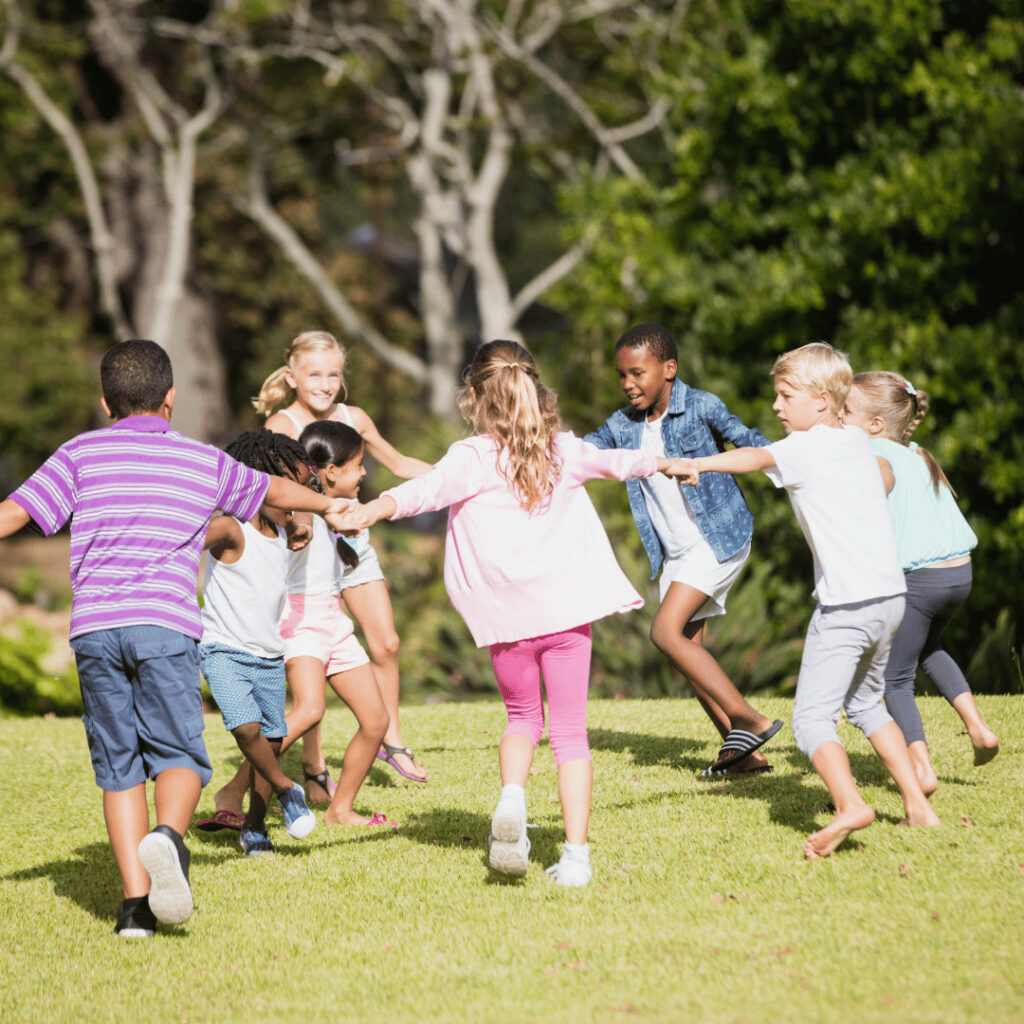Raising bilingual children might seem overwhelming, especially if only one parent speaks the language or if there is no second language at home, but rest assured, it’s more common and achievable than you might think. Reported rates of multilingualism in regions like Europe (67%), Canada (55%), India (25%), and the United States (20%) highlight that multilingualism is common and growing worldwide. Many children are raised in bilingual environments, learning to navigate two or more languages from an early age, which reflects the increasing trend of multilingualism across different parts of the world. So how can you do it?

How do you raise a bilingual child in a non-bilingual home?
Even if your home isn’t bilingual, you can create an immersive language experience for your child. The key is to start young when a child easily absorbs languages. According to research, children have an incredible ability to absorb languages naturally, especially at a young age. This is due to their heightened neuroplasticity, which allows their brains to adapt and learn at a much faster pace than adults. Children under 10 are particularly adept at acquiring new languages with near-native proficiency due to this flexibility. They can pick up not only vocabulary but also complex language structures, which are harder for adults to grasp.
Early exposure is crucial to laying the foundation for true bilingualism.
How monolingual families can support bilingual learning at home
- Learn Together: One of the most effective ways to encourage bilingualism at home is for parents to learn alongside their children. Even if you’re not fluent, picking up basic phrases or learning through apps together creates an immersive environment. This shared experience helps motivate both you and your child, reinforcing language skills through practice.
- Hire a bilingual babysitter: If you are looking for childcare for your child, find one that speaks the second language to expose your child to the second language at home while they are being taken care of.
- Utilize language apps such as Lingopie: Lingopie allows your child to watch their favorite shows on streaming platforms in the target language, while also strengthening their vocabulary. Lingopie highlights words for them and provides direct translations to reinforce the material.
- Incorporate media and reading in both languages: Have your child interact with books and media in the second language on a consistent basis, whether it be picture books or longer texts. By associating images with words or practicing longer text comprehension, your child can strengthen their language skills.
- Immersion through social groups: Joining playgroups or arranging playdates with children who speak a second language can provide consistent exposure. You can also look for community groups or classes where the language is spoken
- Set Realistic Expectations: Don’t worry if your child mixes languages or takes longer to speak fluently in both. According to research, this is a normal part of the bilingual learning process, and language proficiency will develop over time with consistent exposure.

How to raise a bilingual child when only one parent is bilingual?
Raising a bilingual child when one of the parents speaks the target language makes the journey a bit smoother. Children not only remain connected culturally but also linguistically through a familiar person and can also use the “one-person, one-language” approach.
Tips on how to raise a bilingual child when only one parent speaks the language
- Utilize a one-person, one-language approach: One parent can consistently speak one language while the other parent speaks the second language. This helps the child become accustomed to hearing and using both languages in daily conversations.
- Read to your child in the target language as a bilingual parent: This can be a way to help your child hear the pronunciation even when they are at home. Your child can practice oral comprehension.
- Set up playdates: If you are a bilingual parent and have other bilingual friends or colleagues, that is an opportunity for language immersion. If they have children, you can set up playdates with them to not only give your child an opportunity to socialize but also practice the target language.
How Bilingual Schools Ensure Your Child Becomes Truly Bilingual
During early development, bilingual exposure through caregivers or babysitters who speak another language can provide a solid foundation. However, many families discover that achieving true bilingualism—where a child can speak, read, and write in the language with the fluency, grammatical accuracy, and complexity of a native speaker—is much more challenging. This gap becomes more apparent as children grow older and have fewer opportunities to practice the language regularly. Gaining true bilingual fluency requires a more structured and immersive approach, such as enrolling in a bilingual preschool or school, to help children achieve fluency and literacy, putting them on par with native speakers of both languages.
Discover how bilingual schools work and how they can support your child’s bilingual journey here.







